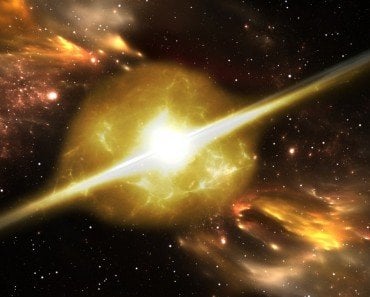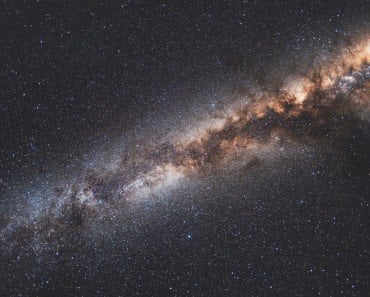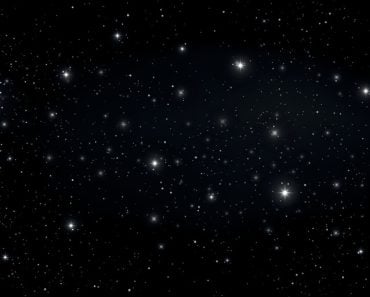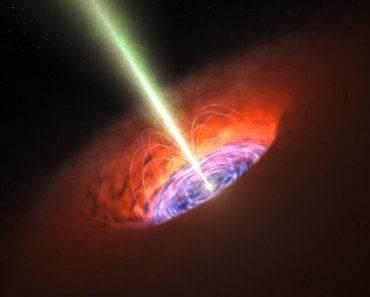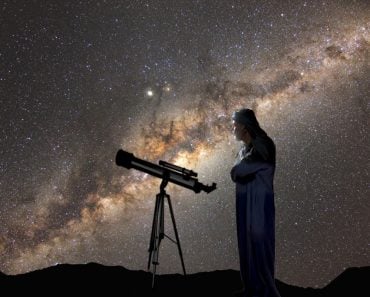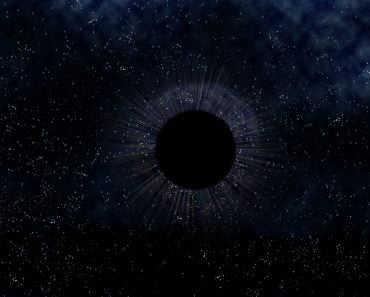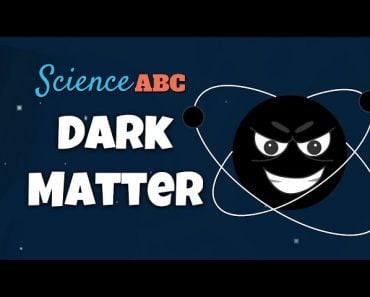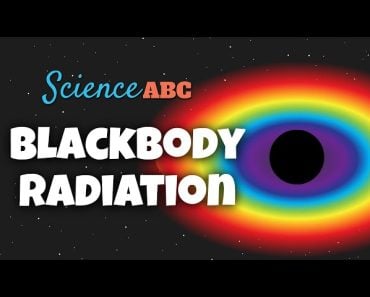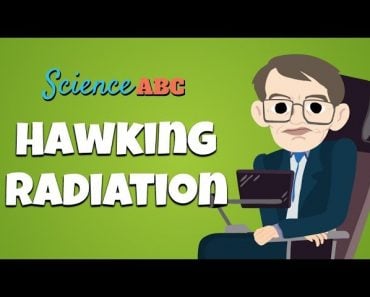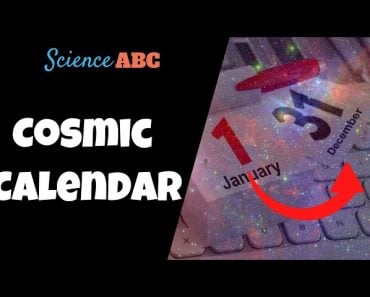Table of Contents (click to expand)
The Cosmic Microwave Background is the remnant heat left over from the initial years immediately following the Big Bang. It is a crucial piece of evidence that supports the Big Bang Theory.
It is theorized that our universe began with a big bang; the entirety of the universe was packed into a minuscule amount of space that exploded to form the cosmos we now see around us. One of the most crucial pieces of evidence that supports this theory is the leftover radiation that can still be found in the empty vastness of space—the Cosmic Microwave Background.
Recommended Video for you:
The Cosmic Microwave Background
In the night sky, we see space as it truly is, pitch black. When we observe the stars and planets in the sky, there seem to be great distances between them, a distance filled with absolutely nothing, just black emptiness.

You may imagine that if you examined this emptiness, you would find nothing, but the reality of the situation is counter-intuitive. When this space between things is probed for radiation, it displays a faint microwave static, invisible to our eyes. This static seems to be present no matter where you choose to look. Irrespective of how much interference you remove, it will show a microwave pattern, unlike anything we’ve seen before.
Because this pattern is everywhere we look, the source of it would have to be something encompassing the entire universe. However, of course, we know that there isn’t a supersized energy source emitting this static microwave pattern in all directions of the universe.
This static microwave pattern is known as the Cosmic Microwave Background (CMB), and is commonly thought of as the leftover heat from the Big Bang.
Big Bang Theory And CMB
The Big Bang Theory is a hypothesis concerning the emergence and evolution of our universe. According to the theory, the origins of the universe can be traced back to a finite time in the past where the entirety of it was packed into a space of incredibly high density and temperature. It is referred to as the birth of the universe, as the laws of the universe that we know today started coming into existence along with the expansion of space.
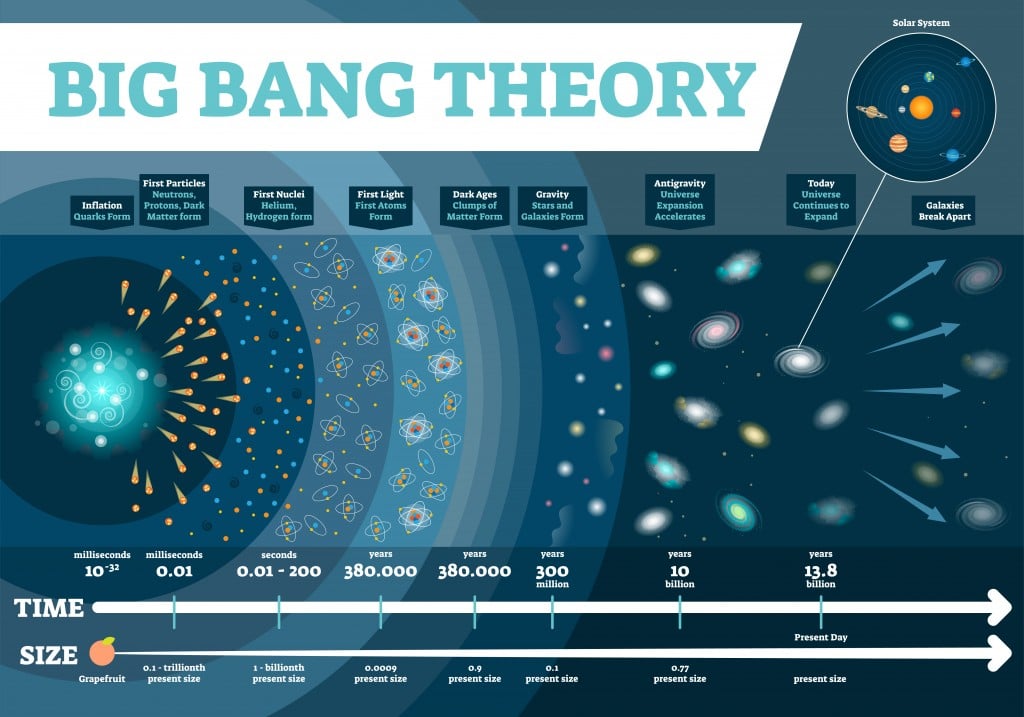
After the singularity, our universe went through various phases. Initially, the density was very high and the temperature was far too hot for the building blocks of matter to form. For instance, in these early stages, the size of the universe was about one hundred-millionth the size of the universe today and the temperature was 273 million degrees above absolute zero (absolute zero is the lowest temperature that is theoretically possible—Zero Kelvin). The density of matter was equally ridiculous back then, about the same as the density of air at the surface of Earth.
CMB is radiation that is a remnant of the tremendous heat of the universe’s infancy. This heat did not let atoms form in the earlier stages, so they were subsequently broken down into photons and electrons. Thus the cosmic microwave background photons simply scattered off the electrons and the photons aimlessly wandered as “optical light wanders through a dense fog”.
The universe cooled down enough for atoms to form, but the wandering photons didn’t interact with the hydrogen atoms and instead started traveling in straight lines. The universe became more transparent and the last photons hit matter at this time. This was 380,000 years after the Big Bang and we know this because, as we study the CMB today, it can be dated back to this time after the universe’s opacity became radiation.
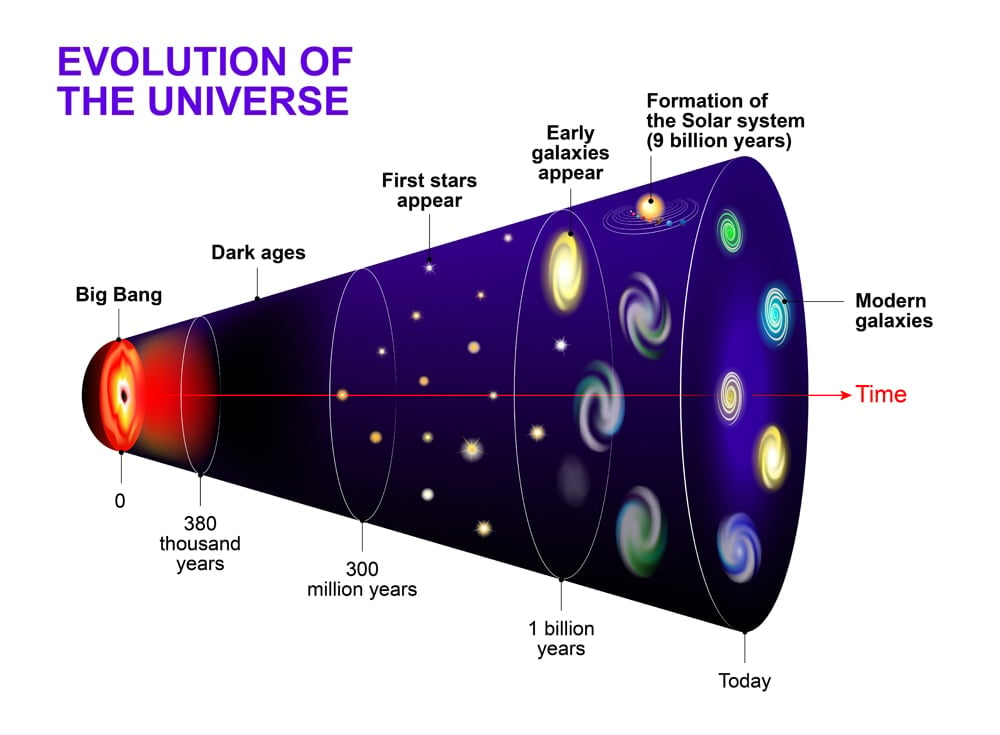
This epoch is also known as “the last scattering”, analogous to how we can see through the air to the clouds, but not past the dense clouds. Thus, cosmologists can see far back to the beginning of the universe, but only after the last scattering and the apparent opacity of the universe.
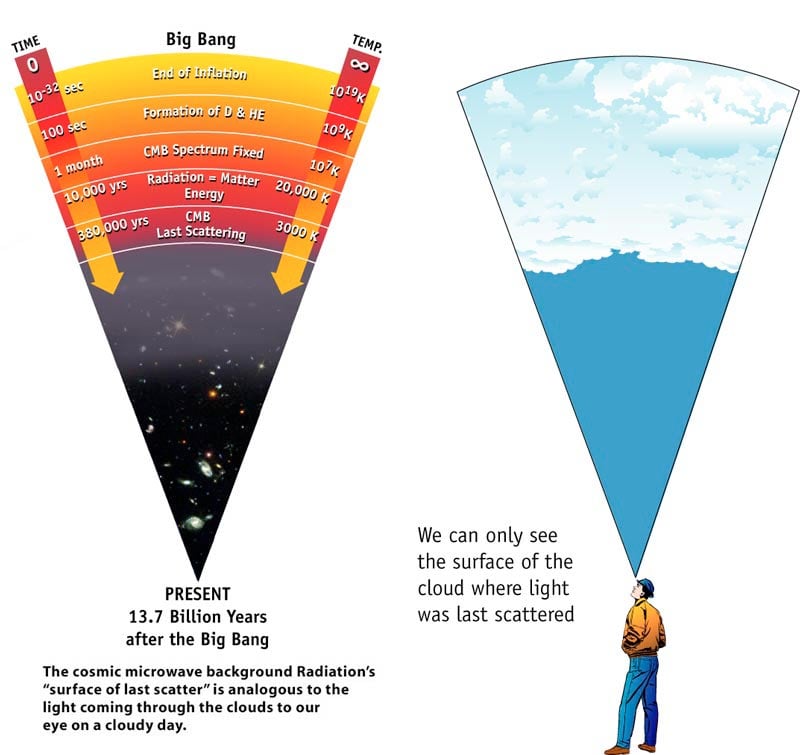
CMB Was Accidentally Discovered
In 1948, Ralph Alpherin, an American cosmologist, first predicted the CMB. He did this with his colleagues Robert Herman and George Gamow through their research on Big Bang Nucleosynthesis. Their prediction didn’t gain much traction at the time, as the astronomical community was not very intrigued by cosmology.
Subsequently, in the 1960s, it was theorized that the CMB could be detected, but it wasn’t until 1965 that it was finally “seen”. Arno Penzias and Robert Wilson were building a radio receiver for the Bell Telephone Laboratories in Murray Hill, New Jersey for experiments in satellite communication. They encountered radiation that was an annoying source of too much noise. No matter how much they tried removing the interference, the radiation would not go away. Soon enough, they realized that what they had detected was the (at that point only theorized) Cosmic Background Radiation and wrote a paper publishing their discovery.
Arno Penzias and Robert Wilson shared a Nobel Prize in physics in 1978 for their accidental discovery of CMB.
Usefulness Of The CMB
Not only does the CMB act as the prime evidence for the Big Bang theory, but it’s also a useful tool for scientists to understand the earlier states of the universe. This is also due to the fact of its apparent ubiquity, as it is observed equally in all regions with uniform temperature, but does display minor fluctuations when observed with precise telescopes. These fluctuations can be studied to measure the parameters of the theory and understand the origins of galaxies and subsequent large-scale structures.
Th CMB has also enabled NASA to take the first baby picture of the universe. In 1989, NASA launched its Cosmic Background Explorer (COBE) mission, which mapped the first space-based, full-sized map of the universe.
This map was further detailed in 2003 by Wilkinson Microwave Anisotropy Probe (WMAP), which was launched in 2003. It not only gave a more detailed map, but also estimated the age of the universe at 13.7 years, which was further rectified to 13.8 billion years. It provided a clearer understanding of the contents of our universe, which is composed of 4% atoms, 23% an unknown type of dark matter and 73% mysterious dark energy.
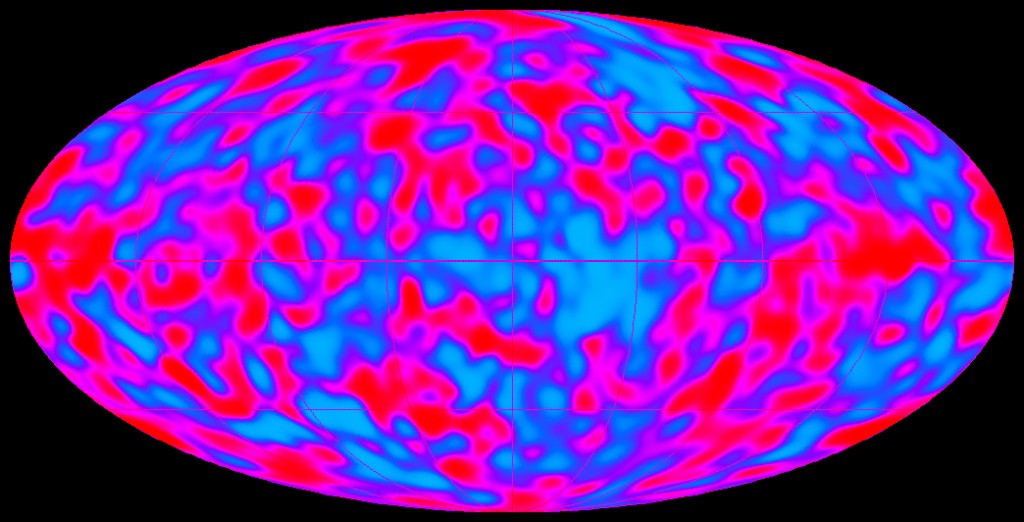
As the CMB is further analyzed and studied, it will surely continue to shed light on many more of our favorite questions about the universe!

